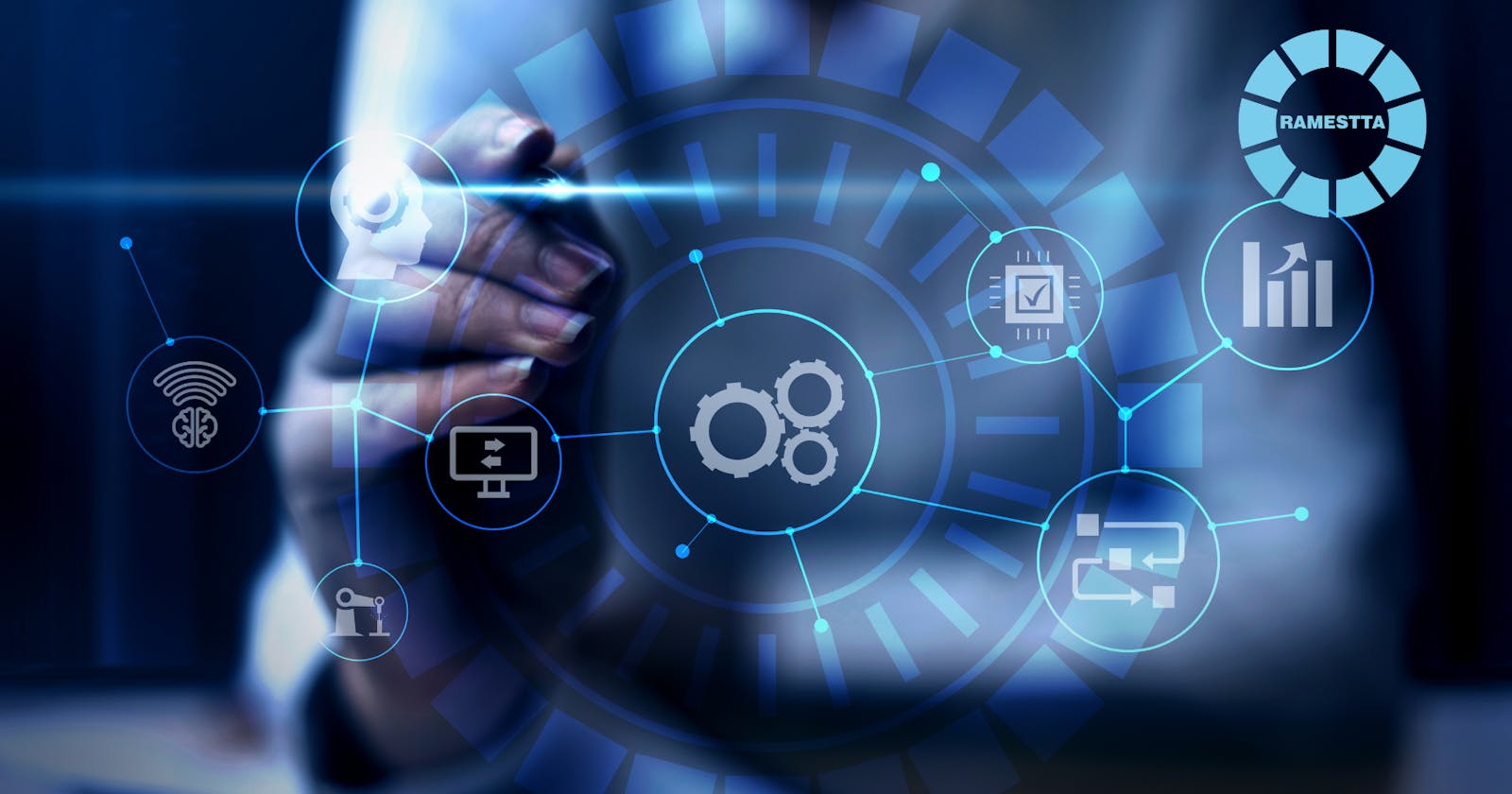Decentralized application development, also known as DApp development, is gaining significant momentum in the tech industry. As more people realize the potential of blockchain technology, the demand for DApps has skyrocketed. In this article, we will delve into the exciting world of decentralized application development and explore its prospects.
Related Blog :- Scale Your dApp in 30 Min
What are decentralized applications (DApps)?
Decentralized applications, or DApps, are applications that run on a peer-to-peer network of computers rather than a centralized server. Unlike traditional applications that rely on a single point of control, DApps are built on blockchain technology, which ensures transparency, immutability, and security. This means that DApps are not owned or controlled by any single entity, making them resistant to censorship and manipulation.
Benefits of decentralized application development
Decentralized application development offers numerous benefits over traditional centralized applications. One of the key advantages is the elimination of intermediaries. In a decentralized environment, users can interact directly with each other, cutting out the need for middlemen and reducing transaction costs. This peer-to-peer interaction fosters trust, as it removes the reliance on a centralized authority. Additionally, DApps are highly secure due to the consensus mechanisms of blockchain technology, making them resistant to hacking and fraud.
Another significant benefit of DApp development is the potential for innovation. With traditional applications, developers are limited by the constraints of a centralized architecture. In contrast, DApps provide a flexible and open-source platform for developers to create innovative solutions. This has led to the emergence of new business models and novel use cases across various industries, such as finance, supply chain management, and healthcare.
Decentralized application development tools and platforms
To facilitate decentralized application development, there are several tools and platforms available in the market. Ethereum is one of the most popular blockchain platforms for DApp development, offering a robust infrastructure and a programming language called Solidity. Other platforms like EOS, Tron, and NEO also provide developers with the necessary tools and resources to build DApps.
In addition to blockchain platforms, there are frameworks and libraries specifically designed for DApp development. These tools simplify the development process by providing pre-built components and smart contract templates. Some notable examples include Embark, Truffle, and OpenZeppelin. These frameworks enable developers to focus on the core logic of their DApps rather than spending time on low-level implementation details.
The future of decentralized application development
The future of decentralized application development looks promising. As blockchain technology continues to evolve and mature, we can expect to see more sophisticated and user-friendly DApps. Scalability is one of the key challenges that need to be addressed for widespread adoption of DApps. Several solutions, such as sharding and layer 2 protocols, are being developed to overcome this limitation and improve the efficiency of DApp networks.
Interoperability between different blockchain networks is another area of focus for the future of DApp development. Currently, most DApps are built on a single blockchain platform, which limits their reach and potential. However, efforts are underway to create interoperability protocols that will allow DApps to communicate and interact across different blockchain networks. This will open up new possibilities for collaboration and innovation in the decentralized ecosystem.
Challenges and limitations of decentralized application development
While decentralized application development has immense potential, it also comes with its fair share of challenges and limitations. One of the main challenges is the complexity of blockchain technology. Developing DApps requires a deep understanding of concepts like smart contracts, consensus mechanisms, and cryptography. This steep learning curve can be a barrier for developers who are new to blockchain.
Another challenge is the lack of scalability in existing blockchain networks. As more users join the network and the volume of transactions increases, the performance of DApps can suffer. This issue needs to be addressed for DApps to compete with centralized applications in terms of speed and efficiency. Additionally, the regulatory landscape surrounding blockchain and cryptocurrencies is still evolving, creating uncertainty for DApp developers and users.
Examples of successful decentralized applications
Despite the challenges, there have been several successful decentralized applications that have gained widespread adoption. One such example is Ethereum-based decentralized finance (DeFi) applications. These DApps enable users to access financial services, such as lending, borrowing, and trading, without the need for intermediaries. Another notable example is Filecoin, a decentralized storage network that allows users to rent out their unused storage space and earn cryptocurrency in return.
How to get started with decentralized application development
If you're interested in getting started with decentralized application development, here are a few steps you can follow:
Familiarize yourself with blockchain technology and its underlying principles.
Learn a programming language commonly used for DApp development, such as Solidity.
Choose a blockchain platform or framework that aligns with your project requirements.
Experiment with building simple DApps to gain hands-on experience.
Join online communities and forums dedicated to decentralized application development to learn from experienced developers and stay updated on the latest trends and developments.
Decentralized application development communities and resources
There are several online communities and resources available to support you on your decentralized application development journey. Some popular communities include the Ethereum Developer Community, the EOS Developer Community, and the Solidity Developer Forum. These communities provide forums, tutorials, and documentation to help developers learn and collaborate on DApp development.
Conclusion
Decentralized application development is revolutionizing the way we build and interact with applications. With its potential for increased security, transparency, and innovation, DApp development is poised to shape the future of the tech industry. While there are challenges and limitations to overcome, the benefits far outweigh the drawbacks. So, if you're passionate about creating decentralized solutions and exploring the untapped potential of blockchain technology, now is the perfect time to embark on your DApp development journey.

